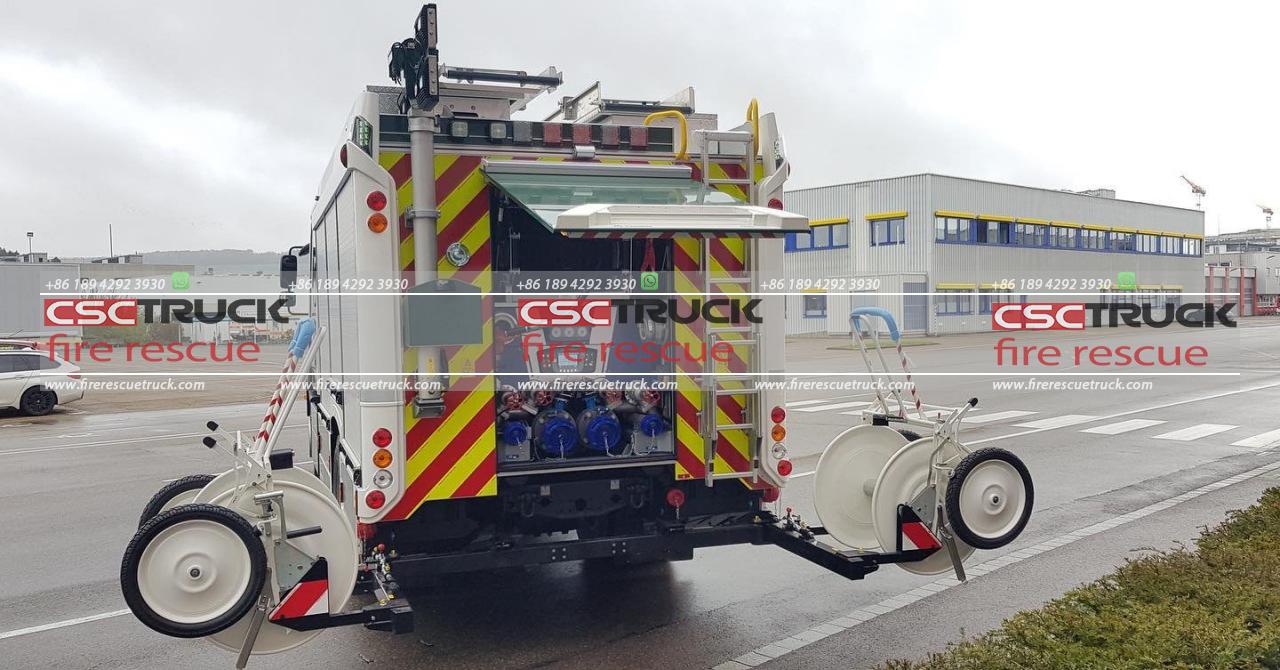How Do You Say Firetruck in French?
When it comes to understanding the world around us, one of the most fascinating aspects is how languages can influence the way we see, describe, and interact with objects. Something as universally known as a firetruck, for instance, can seem so commonplace, but did you ever stop to wonder what it’s called in other languages? Particularly in French, the word for firetruck is “camion de pompiers.” But the story behind this term and its significance stretches far beyond a simple translation.
A Breakdown of “Camion de Pompiers”
In French, “camion” means “truck,” while “pompiers” translates to “firefighters.” So, quite literally, “camion de pompiers” translates as “truck of firefighters.” However, the nuances of this term, its history, and its cultural context are much richer.
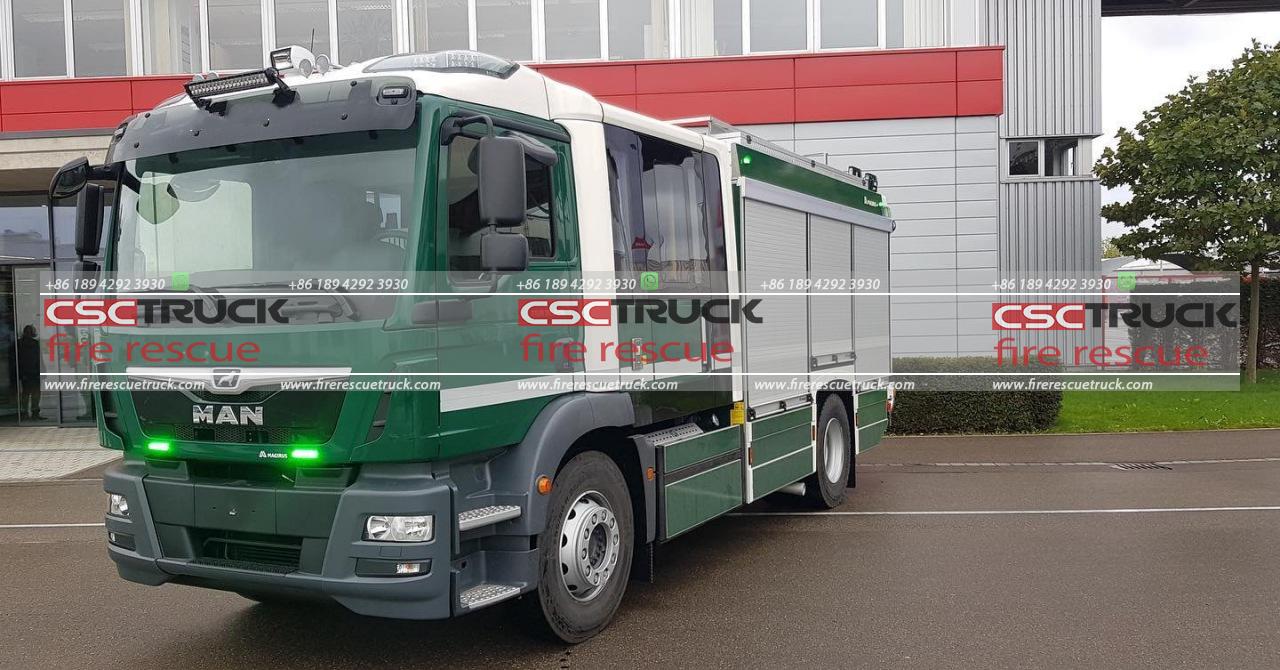
Camion: The Truck Component
The word “camion” in French originated from the Latin word carrus, meaning “cart” or “wagon.” Over time, this developed into the French “camion,” which refers to a vehicle designed to transport heavy loads. In modern use, a camion is any kind of truck, from delivery trucks to dump trucks, and yes, firetrucks.
In France, firetrucks fall into this broad category of vehicles as they are often heavy-duty, large vehicles designed to carry essential firefighting equipment. Just like in English, where the word “firetruck” directly names the function of the vehicle, the French version focuses on the vehicle’s load: the firefighters.
Pompiers: The Firefighters
The word “pompier” has an interesting origin as well. It stems from the French verb *pomper*, meaning “to pump,” which reflects the traditional way fires were fought. Firefighters originally used manual pumps to draw water from wells or nearby water sources to extinguish fires. The connection between the term and the work of firefighters remains today, even though technology has advanced significantly since the days of hand-pumping.
In France, firefighters are highly respected public servants, often referred to as “les soldats du feu” (soldiers of fire). Their role in society is not limited to just extinguishing fires. Like in many other parts of the world, French firefighters also handle medical emergencies, accidents, and rescue operations. The word “pompier” thus encompasses more than just firefighting but reflects a broader sense of duty, service, and protection in French culture.
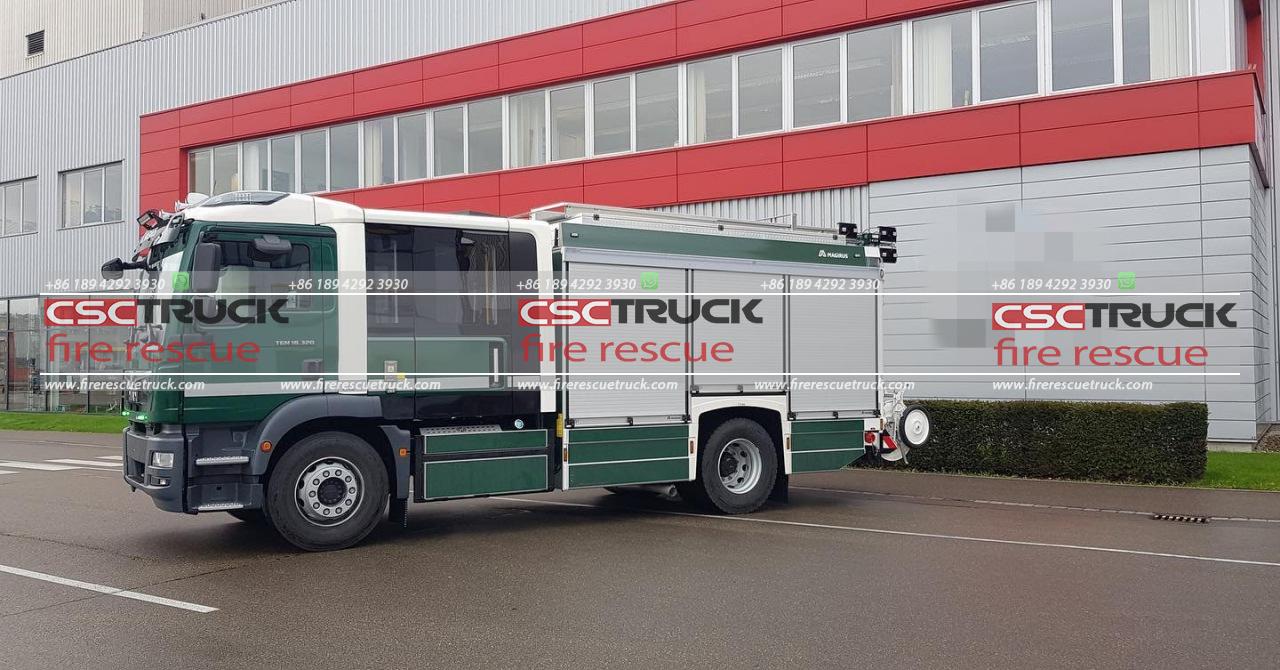
Regional Variations: How Other French-Speaking Countries Refer to Firetrucks
While “camion de pompiers” is the most widely accepted term for firetruck in France, the French language is spoken in many regions around the world, including Belgium, Switzerland, Canada (particularly Quebec), and various African countries. Each of these regions has its linguistic quirks and variations.
Canada (Quebec)
In Quebec, where French is one of the official languages, the term “camion d’incendie” is sometimes used. The word “incendie” refers to a fire, particularly a destructive one. So, “camion d’incendie” translates directly to “fire truck.” However, both “camion de pompiers” and “camion d’incendie” are understood and often used interchangeably.
Belgium
In Belgium, the term remains largely the same as in France, but regional slang or dialects might also come into play. In French-speaking regions of Belgium, you’ll still hear “camion de pompiers,” but some local dialects might have informal or colloquial terms for it, especially among children.
Switzerland
Switzerland’s French-speaking regions also stick to “camion de pompiers,” though you might encounter slight pronunciation differences that reflect the Swiss-French dialect. The essential meaning and usage of the term, however, remains consistent.
Africa
In many French-speaking African nations, “camion de pompiers” is used, but local variations exist depending on the level of French influence and local languages. In regions where French has fused with indigenous languages, local terms may emerge, but in formal usage, “camion de pompiers” remains standard.
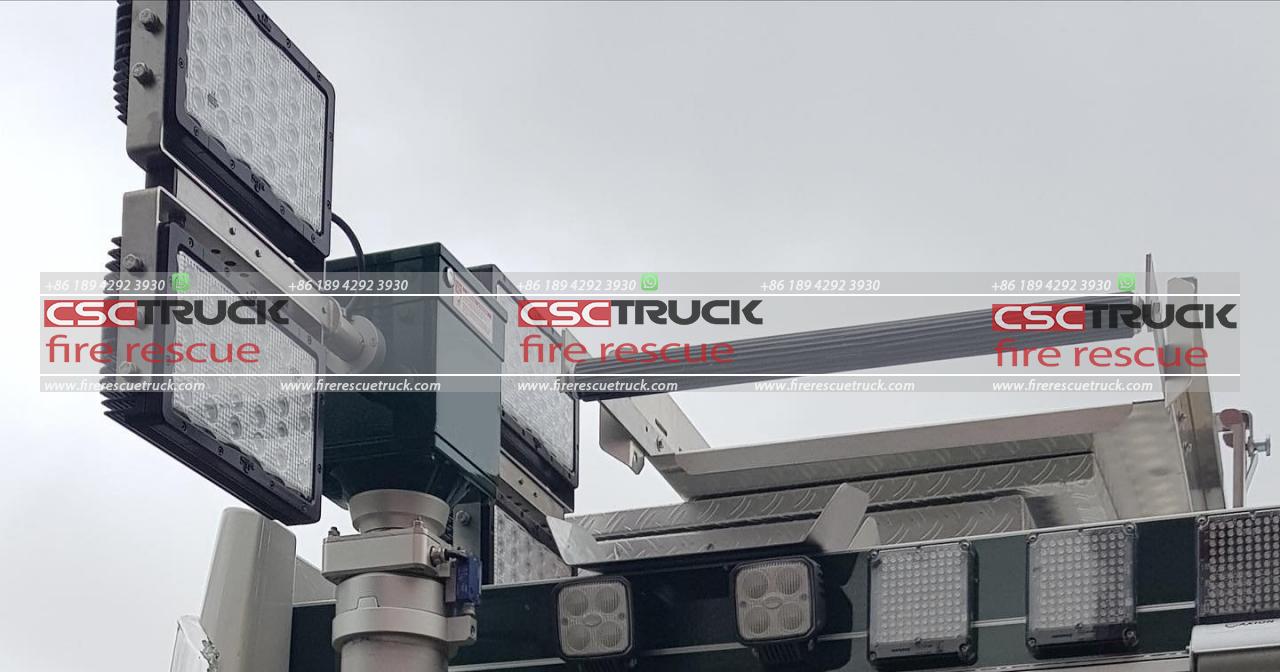
How the Term Reflects Cultural Values
One of the most intriguing aspects of language is how it reflects cultural values and societal priorities. The French term “camion de pompiers” focuses primarily on the firefighters themselves rather than the fire or even the vehicle. This subtle linguistic detail reveals a lot about French society’s view of the role of firefighters.
In many cultures, the firetruck is often viewed through the lens of its function—putting out fires. In English, for instance, the term “firetruck” emphasizes the role of the truck in addressing fires. However, the French version underscores the people inside the truck—the pompiers. This shift in focus can be seen as a reflection of how the French place importance on the individuals providing the service rather than the equipment they use. This human-centered approach is often evident in French culture, where professions, especially those in public service, are respected and emphasized.
Firefighting in France: A Brief Overview
The term “camion de pompiers” not only refers to the vehicle but also ties into the rich history of firefighting in France. The Sapeurs-Pompiers are France‘s main firefighting force, and their history dates back to the early 19th century. Established by Napoleon in 1811, the Paris Fire Brigade (Brigade de sapeurs-pompiers de Paris) became one of the world’s most respected firefighting units. Napoleon recognized the need for a professional firefighting force after witnessing the destruction caused by fires and the inefficiency of untrained volunteers. The Paris Brigade was one of the first professional firefighting units in Europe, and its legacy endures today.
Modern French fire brigades are made up of both professional and volunteer firefighters, much like in other countries. The Sapeurs-Pompiers are also responsible for emergency medical services, which is why their trucks often carry much more than just fire-extinguishing equipment. They are equipped with medical supplies, rescue tools, and other critical gear to handle various emergencies.
Given their multifunctional role, the term “camion de pompiers” encapsulates much more than just a fire-fighting machine. It represents a lifeline for communities, whether in urban Paris or rural villages in the French countryside.
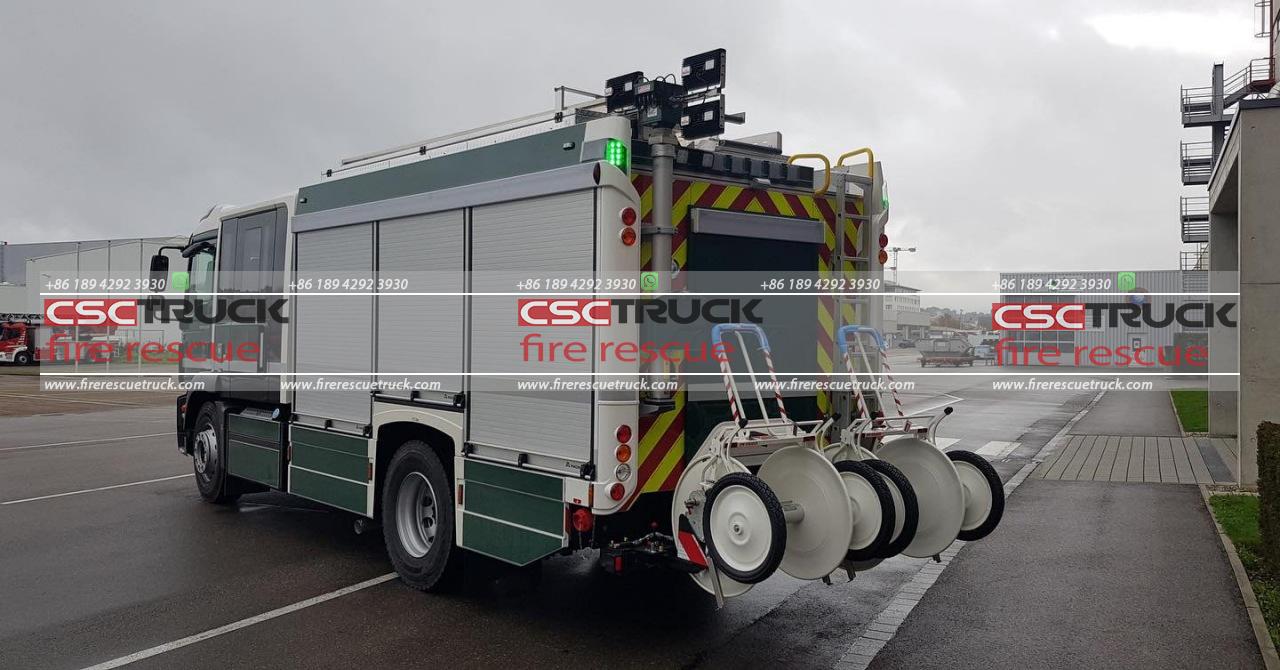
Firetrucks in Popular French Culture
Like in many countries, firetrucks and firefighters hold a place of honor in French culture. Children are often fascinated by “camions de pompiers,” and they appear in everything from children’s books to popular TV shows. In France, children’s programs often depict “les pompiers” as heroes, much like in other parts of the world, fostering admiration from a young age.
Firefighters are also regularly celebrated during public events, such as Bastille Day, where you might see fire brigades parading through the streets. This strong cultural emphasis on les pompiers further reinforces the importance of their role in society.
Conclusion: Beyond the Word
So, how do you say firetruck in French? “Camion de pompiers” is the literal translation, but the meaning behind the word is richer than you might expect. It’s not just about a vehicle that fights fires; it’s about the people—the pompiers—who dedicate their lives to saving others. From the historical significance of firefighting in France to the modern-day multifunctional role of les sapeurs-pompiers, the term camion de pompiers offers a glimpse into how language, culture, and societal values are intertwined.
Understanding this term, and its place in French society is just one small example of how language can offer deeper insight into the everyday objects and professions that shape our world.
